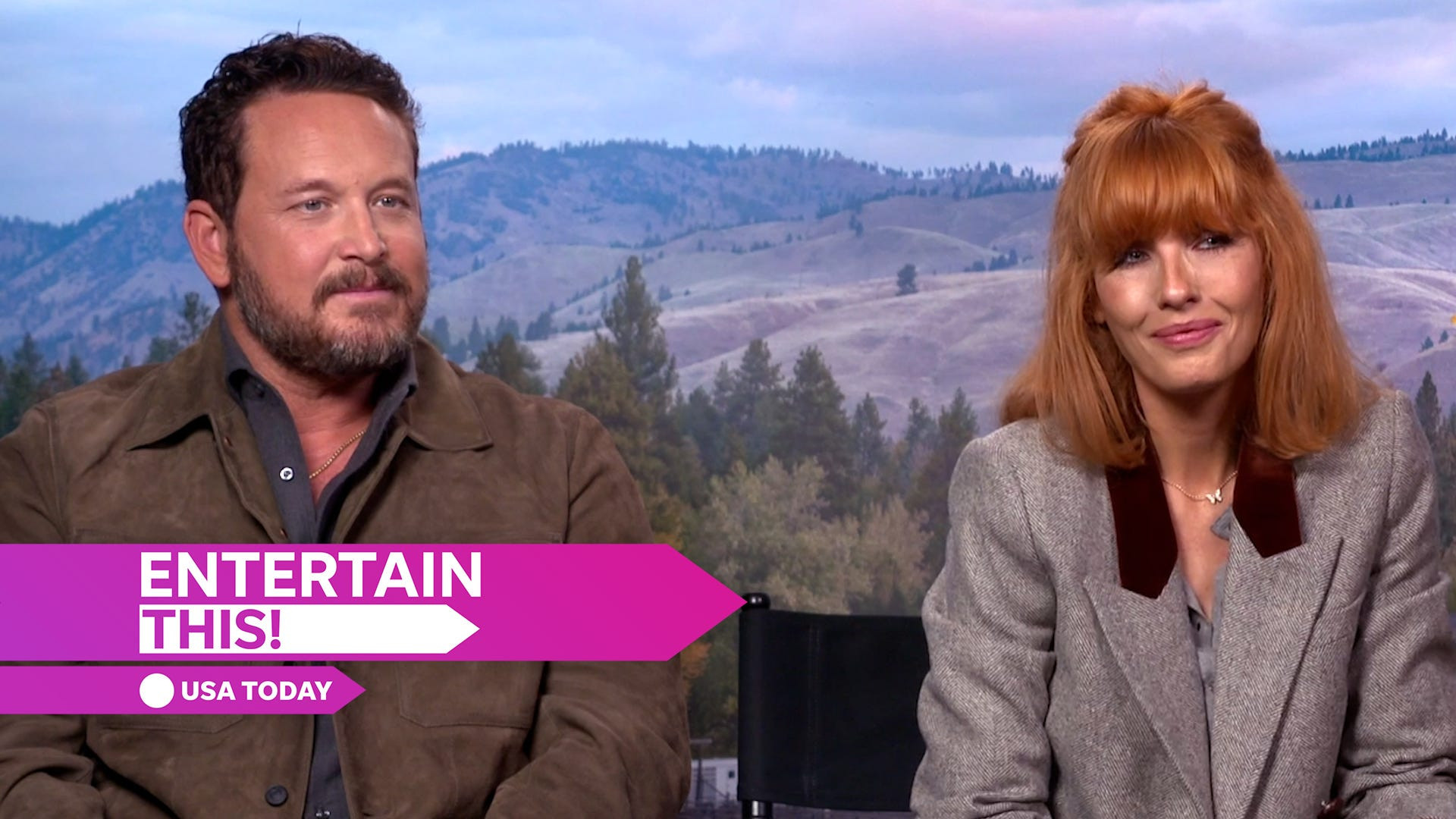The premiere of ‘Yellowstone’ Season 5 Part 2 delivered a shocking blow to fans: the brutal death of patriarch John Dutton. After being discovered deceased in the season opener, viewers were confronted with a grim flashback in the latest episode, detailing the Montana governor’s assassination. This graphic portrayal, complete with a subsequent morgue examination, was a deliberate choice by the show’s creators, and director Christina Voros has provided insight into the necessity of this unflinching depiction.
 Actor Kevin Costner as John Dutton in Yellowstone
Actor Kevin Costner as John Dutton in Yellowstone
In a recent interview, Voros emphasized that showing John Dutton’s death was not about gratuitous violence, but rather a crucial narrative element. The scene unfolds with chilling efficiency: three masked assailants infiltrate Dutton’s home, seize him in his sleep (portrayed by Kevin Costner’s stunt double), and stage his death as a suicide in the bathroom. This calculated act, Voros explains, is “a gross violation of everything John Dutton’s character was and stands for.” She elaborates, “It is brutal. It is heartbreaking. Here is a strong, iconic character who has stood up against various forces of evil and adversaries. To be taken down unsuspectingly in his sleep, in his own home, is a terribly violent act.”
Voros argues that the graphic nature of the assassination is essential for viewers to fully grasp the gravity of the event. “It’s such a militaristic operation that no amount of exposition would make it work. You have to see it to understand what happened,” she stated. The visual depiction conveys the cold, calculated nature of the attack in a way that dialogue simply could not. This visual storytelling ensures that the audience understands the profound violation and the significant shift in the power dynamics within ‘Yellowstone’.
The episode further delves into the aftermath of John Dutton’s death with a detailed morgue scene. Loyal son Kayce Dutton, skeptical of the initial suicide ruling, demands a second examination of his father’s body. This scene, which is shown in considerable detail, might be unsettling for some viewers, but Voros insists on its narrative purpose. “Unless Kayce looks at the body, he will not get the answers he seeks,” she explains. “We are looking through Kayce’s gaze. It’s not death for death’s sake. It’s this bruise here, this laceration. The answers that could bring us to justice lie in that body. It’s the key to unlocking the truth and ensuring the right people are held accountable.” Kayce’s grim examination becomes a proxy for the audience’s desire for truth and justice in the wake of such a devastating loss.
Inevitably, questions arise regarding the timing and nature of John Dutton’s death in relation to the widely reported conflict between Kevin Costner and series co-creator Taylor Sheridan. While Voros cannot directly comment on Sheridan’s intentions or any off-screen drama, she offers a broader perspective on the narrative arc. “I can’t speak for Taylor,” Voros admits, “What I do know is that he always had a version of the (‘Yellowstone’) end in mind long before any offscreen drama.” She draws parallels to classic generational dramas, noting, “With generational dramas going all the way back to Shakespeare and the Greeks, the death of the king is archetypal. Avoiding that was never in the cards. My sense is that was always where we were going.” This suggests that John Dutton’s death, while perhaps intensified by real-world circumstances, was always a potential, if not inevitable, plot point in Sheridan’s overarching vision for ‘Yellowstone’.
Adding another layer of surprise to the unfolding drama, Voros points to the unexpected death of Sarah Atwood in the same episode. Just as viewers might have anticipated a final confrontation between Beth Dutton and Sarah, Atwood is abruptly eliminated by the same shadowy organization responsible for John Dutton’s assassination. Voros explains that these unexpected turns are part of Sheridan’s deliberate strategy to subvert audience expectations. “Whether it’s John Dutton dying in the first episode or Sarah dying now, there are certain conclusions that feel like inevitable standoffs,” she says. “But if you hit every single one of those marks, there’s no surprise left. So places where (Sheridan) chooses to withhold a final showdown, for example, work. It keeps us on our toes as an audience.”
In conclusion, the brutal death of John Dutton and the subsequent morgue scenes were not gratuitous shock value, but rather carefully considered narrative choices. Director Christina Voros clarifies that these scenes serve to underscore the violent violation of Dutton’s character, propel the plot forward through Kayce’s investigation, and ultimately, keep the audience engaged and surprised by subverting predictable storylines. John Dutton’s death, while painful for viewers, is presented as a pivotal and necessary event in the ‘Yellowstone’ saga, driving the remaining narrative toward its ultimate conclusion.

